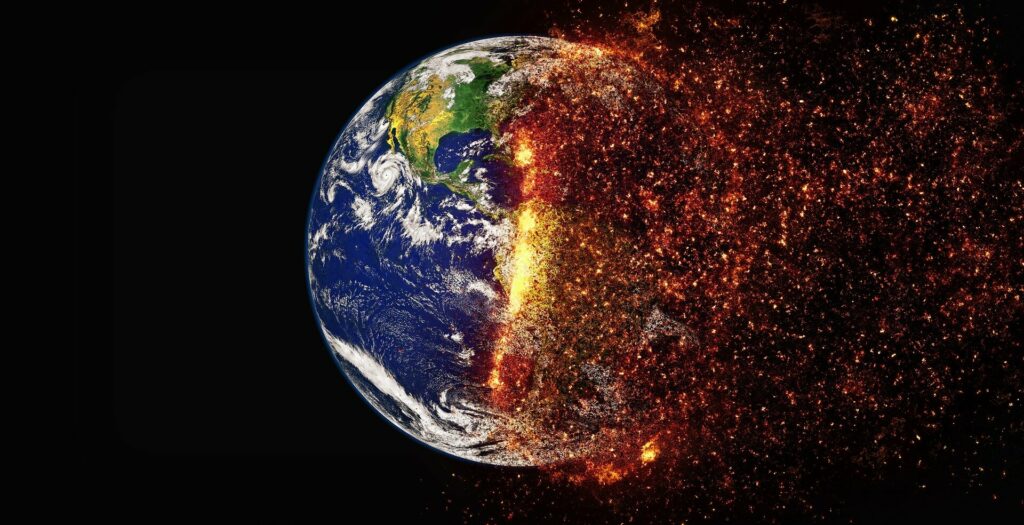It seems that Jakarta, Indonesia faces a very real risk of flooding by 2050. Another alarmist “gotcha”? Well no, says Kip Hansen. The problem is that like many Asian cities, Jakarta is sinking. And in Jakarta’s case, sinking fast: over 3.5 metres between 1990 and 2000 alone. So how is climate change responsible? It isn’t.
Hansen makes his observation about Jakarta’s real problem while praising a Ted Nordhaus piece in the Wall St. Journal where Nordhaus says that the most raucous alarmists and deniers are equally fools and that wise people like him see that climate change is an issue but not a crisis and we will adapt incrementally.
Hansen’s problem isn’t with the article. It’s with the art chosen to accompany the piece, which shows someone walking along a rather scruffy floodwall in Jakarta. (The piece itself does not mention Jakarta at all and Nordhaus would not have selected the photo; newspapers don’t work that way.)
Nordhaus says the real climate debate certainly does involve optimists and pessimists. “But most pessimists do not believe that runaway climate change or a hothouse earth are plausible scenarios, much less that human extinction is imminent. And most optimists recognize a need for policies to address climate change, even if they don’t support the radical measures that Ms. Thunberg and others have demanded.” And among other things, his projected trends of higher per capita energy use offset by lower population and technologically driven increases in energy efficiency include a crucial point we’ve made before: “developed societies are also much better equipped to respond to climate extremes and natural disasters. That’s why natural disasters kill and displace many more people in poor societies than in rich ones. It’s not just seawalls and flood channels that make us resilient; it’s air conditioning and refrigeration, modern transportation and communications networks, early warning systems, first responders and public health bureaucracies.”
Now back to Jakarta and its subsidence problem. Measuring sea levels is a complex problem no matter where you go because the Earth’s crust, both under water and above it, is not like a bathtub, a rigid stationary structure into whose lower portions water either flows faster than it evaporates and runs over, evaporates faster and recedes or is in perfect harmony until wretched humans come along. Rather, it’s elastic, with portions still rebounding from the last retreat of the massively heavy glaciers, others sinking for tectonic reasons, erosion and the depositing of silt, the growth of coral reefs and other such factors. And also human ones.
Hansen quotes Wikipedia that Jakarta’s main problem is the extraction of groundwater to meet the needs of a rapidly growing city. It also suffers from an overloaded sewage system, deforestation and other problems many directly attributable to poverty. So a wealthier Indonesia and a wealthier Jakarta could take all sorts of measures to prevent or cope with ongoing subsidence.
What neither Indonesians nor anyone else can do anything about is the ongoing rise in the oceans, thought to be around 2-3 mm a year, pretty much what it has been for the past 7000 years since the end of the last glacial melt and the Holocene Climate Optimum. But that rise wouldn’t be an issue if Jakarta were not sinking dramatically for other reasons. Or if it were a wealthier place, which it would be except its government and international funding agencies pushed Indonesia into panicky wealth-destroying policies because the alarmists are dominating political debate.


